The Radioactive Boy Scout died at the age of 39. Unusual story of a young nuclear physicist
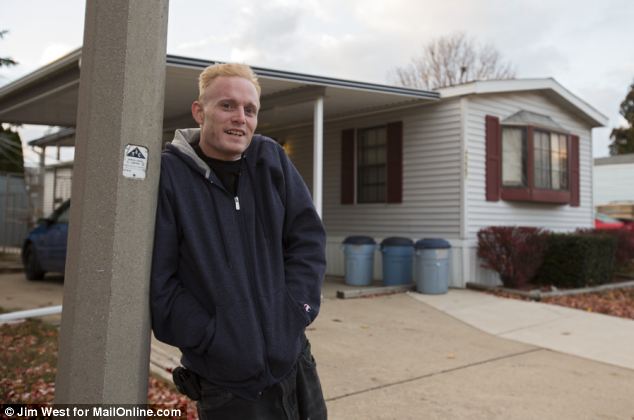
David, after returning from the army,
David Khan ( David Hahn ) became famous as the man who tried to build a home-made nuclear breeder at home. More precisely, the creation of the object was carried out not in the house itself (the building was located on the outskirts of Detroit), but in a shed nearby.
Initially, Han was just keen on chemistry. His reference book was allegedly the Golden Book of Chemical Experiments. He really wanted to get all the elements from the periodic table for his collection, and among them were radioactive elements. In addition, Khan became a scout, and began to earn badges. One of the icons that were available for scouting was the symbol of a nuclear power connoisseur. He decided to get a boy.
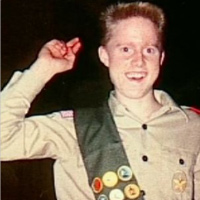 Khan collected radioactive elements and additional materials from household appliances - he heard that many companies use radioactive elements in the production of machinery. For example, americium was previously part of smoke detectors, radium was used to create a luminescent coating for the hands of a clock. Thorium could be mined from the ashes of the glow nets of tourist lanterns using a reaction involving alkali metals. To get thorium out of the ash, the boy bought a thousand dollars lithium batteries, then cut them up with metal scissors. He placed lithium scraps and thorium ash in a ball of aluminum foil, heating it in a flame of a bunsen burner . He managed to get pure thorium in quantity, 170 times the level already requiring a license from the US Nuclear Regulatory Commission.
Khan collected radioactive elements and additional materials from household appliances - he heard that many companies use radioactive elements in the production of machinery. For example, americium was previously part of smoke detectors, radium was used to create a luminescent coating for the hands of a clock. Thorium could be mined from the ashes of the glow nets of tourist lanterns using a reaction involving alkali metals. To get thorium out of the ash, the boy bought a thousand dollars lithium batteries, then cut them up with metal scissors. He placed lithium scraps and thorium ash in a ball of aluminum foil, heating it in a flame of a bunsen burner . He managed to get pure thorium in quantity, 170 times the level already requiring a license from the US Nuclear Regulatory Commission.Khan had a friend whom he asked to steal beryllium from the chemical laboratory of his company.
When he was 15 years old(he has already received his badge), Khan decided to build a neutron "gun". Since there were not so many books on this topic before, and network technologies started only to emerge, the teenager decided to obtain the data necessary for the creation of the reactor from specialists. He began a correspondence with representatives of the nuclear industry, posing as a scientist or teacher of physics. In some response letters, he was informed of the basics of a nuclear chain reaction with some specific details. All this boy used to create a reactor. Most interestingly, he received the most assistance from Donald Erb, director of the agency for the production and distribution of isotopes from the Nuclear Regulatory Commission (NRC).
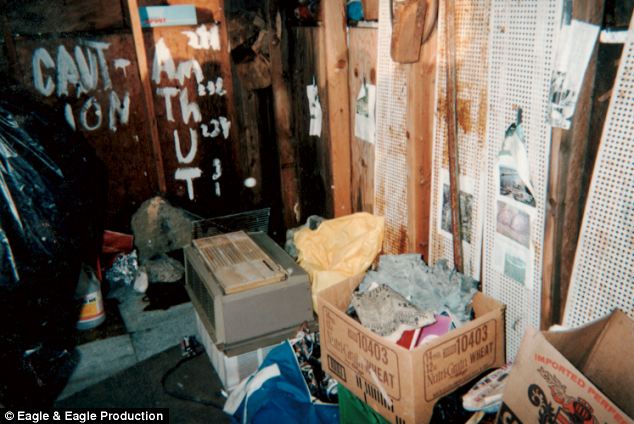
It was Erb who, when asked about the risk of the work being done, answered that the danger was not too great. He also added that in order to obtain radioactive materials in quantities and forms that pose a threat to people, it is required to obtain a license from the Nuclear Regulatory Commission or another organization with similar functions. He told the teenager that the best material with which to get neutrons is beryllium.
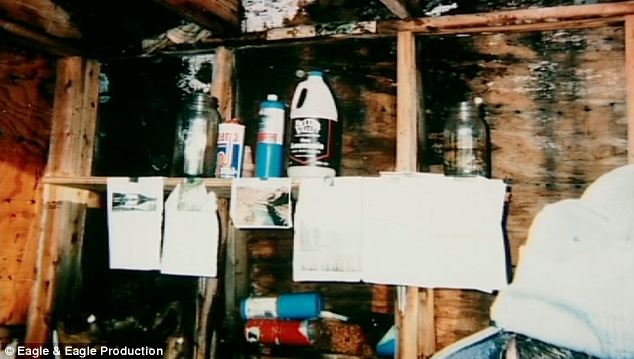
After the america "cannon" Khan decided to create a radium one. He was unexpectedly lucky - he was able to find some resin pitch, this is ore, which has a rather high uranium content. The experimenter smashed this rock into dust with a sledgehammer, and directed the radiation to radium salt powder (I remind you that he received radium by brushing luminescent paint from the hands of the clock). From the first time to get the fissionable isotope did not work, so the teenager used a moderator. After that, the radioactivity of the uranium powder from the rock began to grow.
And what about the reactor?
When he was 17 years old, the young specialist decided to create a real reactor. Which could simultaneously produce electricity and fuel. Khan already had almost everything needed: radium, americium, beryllium and aluminum. He mixed radium and americium by placing the mixture in aluminum foil. From it he wanted to make the active zone of a nuclear reactor. He surrounded this core with cubes of thorium ash and uranium powder. They were also wrapped in foil and tied together with duct tape.
This whole story ended pretty quickly.. The fact is that David Khan was aware of the danger of radioactive materials. His "reactor", which, however, was unable to reach a critical state, became a source of ionizing radiation. Near the radioactivity of the reactor in 1000 times the background values for the region where David lived. He had a Geiger counter, the testimony of which the boy was scared. He decided to stop all experiments with radioactivity, burying the elements of his reactor in the forest. Moreover, he decided to recycle at night. On the way to the forest, the police noticed him. After trials with the police, the FBI and the Nuclear Regulatory Commission intervened.
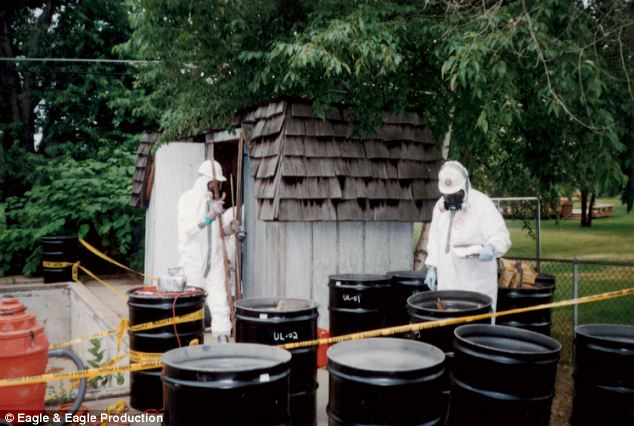
The shed, where the experiments were carried out, dismantled, and brought in 39 barrels to the burial ground for light radioactive waste in Utah. The boy's parents were fined $ 60,000, the money went to cover the costs of the state. Experts, commenting on this case, expressed surprise that an ordinary teenager was able to obtain the necessary radioactive materials. Up to this point, it was believed that an ordinary person could not get any details of the technological process of creating a neutron gun or reactor, nor substances and materials that are required for experiments.
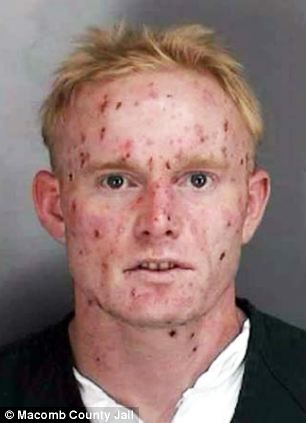 After all that had happened, Khan fell into a depression - after all, several years of his life were spent on the fascination with what had been taken from him. He entered college at the insistence of his relatives, but did not attend and was expelled. After that, by the decision of his father, he joined the army, hitting the navy. Here he was fond of reading various literature on biology, pharmaceuticals, physics and law. According to a journalist who was talking to him at the time. David wanted to do something noticeable.
After all that had happened, Khan fell into a depression - after all, several years of his life were spent on the fascination with what had been taken from him. He entered college at the insistence of his relatives, but did not attend and was expelled. After that, by the decision of his father, he joined the army, hitting the navy. Here he was fond of reading various literature on biology, pharmaceuticals, physics and law. According to a journalist who was talking to him at the time. David wanted to do something noticeable.After demobilization, he was arrested for stealing a smoke sensor, and at the house of Khan they found 15 similar sensors. The police decided that he wanted to repeat his experiments with radioactive materials. He was put in jail for 90 days, during which the experimenter was examined by doctors. Some experts felt that the prisoner had an obsession that had been haunting him since 1994. On the face of Khan at that time there were many small ulcers. They may have come from contact with smoke detectors with radioactive materials.
Khan died on September 27 of this year at the age of 39. Causes of death were not reported. As a soldier, David said that he was sure that he had not done too much harm to his health and believed that his experiments with radioactive materials took no more than five years of his life.
